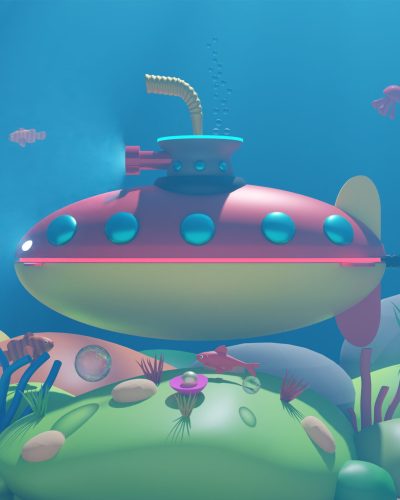
materials
Moreover, new materials and impetus frameworks have worked on the strength, speed, and mobility of ROVs, permitting them to work at more prominent profundities and in crueler circumstances. Some ROVs are presently fit for working at profundities of up to 6,000 meters, far astounding the capacities of human jumpers and more seasoned submarines.

